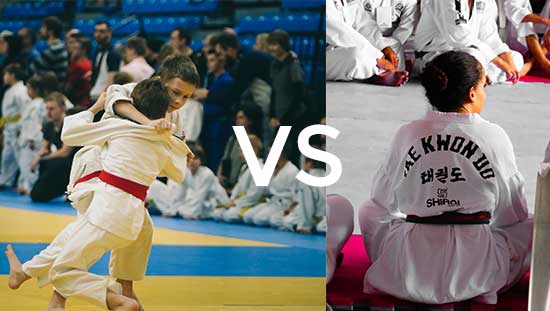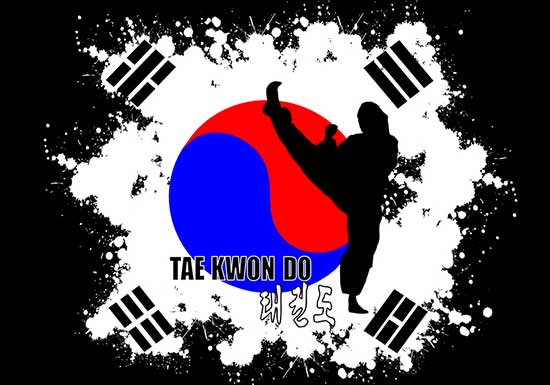The belt system in Taekwondo holds deep meaning and clearly represents the taekwondo philosophy.
This is clear from the different values that are taught to the students. The green belt ranking is among the first stages, and the color green symbolizes growth where the Taekwondo skills start to develop.
At this stage, the student is taught various founding skills that involve various forms that ensure that the student is well-versed in the history and principles of the art.
The belt colors hold meaning tied to the philosophy, ensuring that the student understands the different meanings and weight of each stage and its importance.
While the standards of the belt and stages may vary in different schools, the green belt is a defining stage for many students as it shows dedication to learning and building a student’s skills.
Contents
How long does it take to get the green belt?
Training takes on different forms depending on the schools; thus, the time taken to achieve the different stages will differ.
The process of attaining the green belt is also entirely dependent on the disciple of the student and dedication to learning the craft.
The stage demands great discipline as it focuses on learning and advancing Taekwondo skills. At this stage, the student develops effective techniques and strategies applicable to real-life defense situations.
Therefore, it is a critical stage and will rely on great discipline from the students to achieve the accuracy and speed needed in this stage.
The main aspect that needs to be considered in this stage is that achieving the green belt will also rely on the knowledge and techniques learned in the other stage.
The different stages slowly build up techniques that are perfected as the trainee progresses in the different stages.
The green belt is a defining stage as it ensures that the student effectively learns and combines the techniques to achieve physical and mental power and accuracy.
What tests are required to get the green belt?
As this is a defining stage in Taekwondo, especially in developing skills, it can be a taxing stage demanding great time and attention.
One of the key elements of Taekwondo is the different forms that are introduced. Choreographed moves and takedowns are introduced, which are taught to the students.
Much testing ensures that the student or trainee can do the moves effectively and accurately. Speed is essential in this position, and the power required in the art also ensures that you can defend yourself effectively.
Therefore, a series of moves are practiced for one to pass the stage and attain the green belt position.
Testing highlights the importance of dedication to learning and delivering the techniques effectively; through other tests, you can have an efficient transition when tested to the other stage.
As defined earlier, Taekwondo also focuses on the philosophy and traditional teachings the student must master before progressing to the other stage.
Dedication is paramount to having an efficient time in the testing process.
What is the next level after this belt, and how long?
The blue belt comes after the green belt stage and symbolizes the sky and heavens, indicating progression. With each stage, tremendous steps are made in the process.
A new pattern is introduced, including sparring taught over a few months. The stage has more advanced steps than the previous stages, which are more involving.
With the progress made in each stage, defense tactics and other techniques get more complex and may take time to master.
Averagely a few months can be enough for the students to master the moves. Therefore, the blue belt level is more involved than the green belt level and will require the student’s intense dedication to the craft.
This stage also focuses on learning various forms of weapon skills. Thus the defense tactics taught at this level will focus on movements against unarmed opponents, knives, grips, and clubs.
To achieve this stage, you must also be conversant with previous stages’ skills and forms.
Take away
The stages, including more complex forms and techniques, continue to build up over time. The green belt stage is a defining stage and crucial for trainees to build their strength, power, and speed in engaging the different moves involved.
Individual drive is key to achieving these stages; thus, with dedication, even the complex forms and moves can be easy to achieve in record time.
Moving from one stage to the other is a clear indication of dedication to the craft; the transition is a monumental show of the philosophical significance of the craft.





